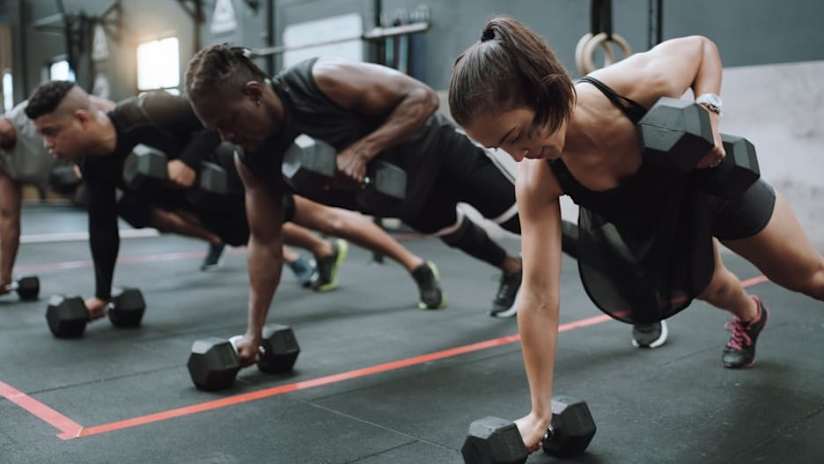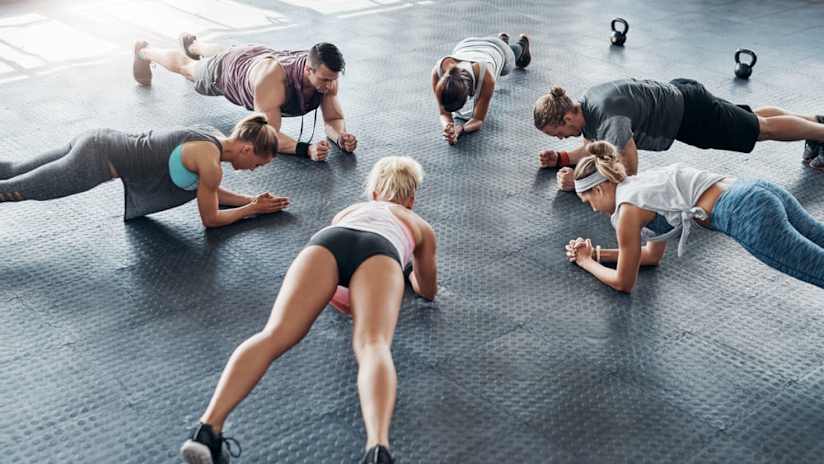A strong core is essential for balance, stability, and power transfer during spikes and serves. A well-conditioned core also reduces the risk of injury and improves overall athletic performance.
Exercises:
- Planks – Enhances core endurance and posture.
- Russian Twists – Strengthens obliques for better rotational power.
- Medicine Ball Slams – Builds explosive strength in the core and upper body.
Benefits:
- Improves balance during jumps and lateral movements.
- Enhances power in hitting and serving motions.
3. Agility Drills
Speed and agility are crucial for quick court movements, helping players react instantly to an opponent’s play. These drills develop foot speed, coordination, and control.
Exercises:
- Ladder Drills – Improves foot speed and coordination.
- Cone Drills – Enhances lateral movement and quick reactions.
- Shuttle Runs – Builds speed and endurance for continuous play.
Benefits:
- Helps with rapid directional changes during gameplay.
- Improves reaction time for better defensive plays.
4. Upper Body Strength
Volleyball players rely heavily on their shoulders and arms for powerful spikes, serves, and blocks. Incorporating strength training for the upper body into volleyball workouts helps improve hitting power and reduce injury risks.
Exercises:
- Push-ups – Builds chest, shoulder, and arm strength.
- Pull-ups – Strengthens the back and shoulders for controlled overhead movements.
- Resistance Band Shoulder Presses – Enhances shoulder stability and power.
Benefits:
- Increases arm and shoulder strength for stronger spikes and serves.
- Reduces the risk of shoulder injuries, which are common in volleyball.
5. Leg Strength
Strong legs are vital for powerful jumps, quick movements, and overall endurance on the court. Targeting the lower body with specific workouts for volleyball players ensures stability and explosive power.
Exercises:
- Lunges – Strengthens quads, hamstrings, and glutes for stability.
- Squats – Builds lower body power for better jumping ability.
- Calf Raises – Enhances ankle strength for improved footwork and jumping.
Benefits:
- Boosts jumping ability for effective blocking and hitting.
- Improves lower body endurance for sustained high performance.
Recovery and Injury Prevention Is Important
A well-structured training routine also includes recovery. Stretching and mobility exercises help prevent injuries and keep muscles flexible.
Key Recovery Methods:
- Dynamic stretching before training to warm up muscles and improve mobility.
- Foam rolling to release muscle tightness and improve circulation.
- Yoga or mobility drills to enhance flexibility and prevent stiffness.
Ignoring recovery can lead to injuries and decreased performance. Prioritizing proper stretching and recovery methods keeps players at their best for every match.
Stay Updated with Volleyball World
Training like a pro requires not just the right volleyball exercises but also staying informed about the latest techniques, training trends, and professional insights. Volleyball World is your go-to source for everything volleyball - covering the latest volleyball season, pro player updates, rankings, and expert training tips.
If you’re serious about improving your game, follow Volleyball World to stay ahead of the competition. Learn from the best, track your favorite teams, and get insights that can take your skills to the next level.







